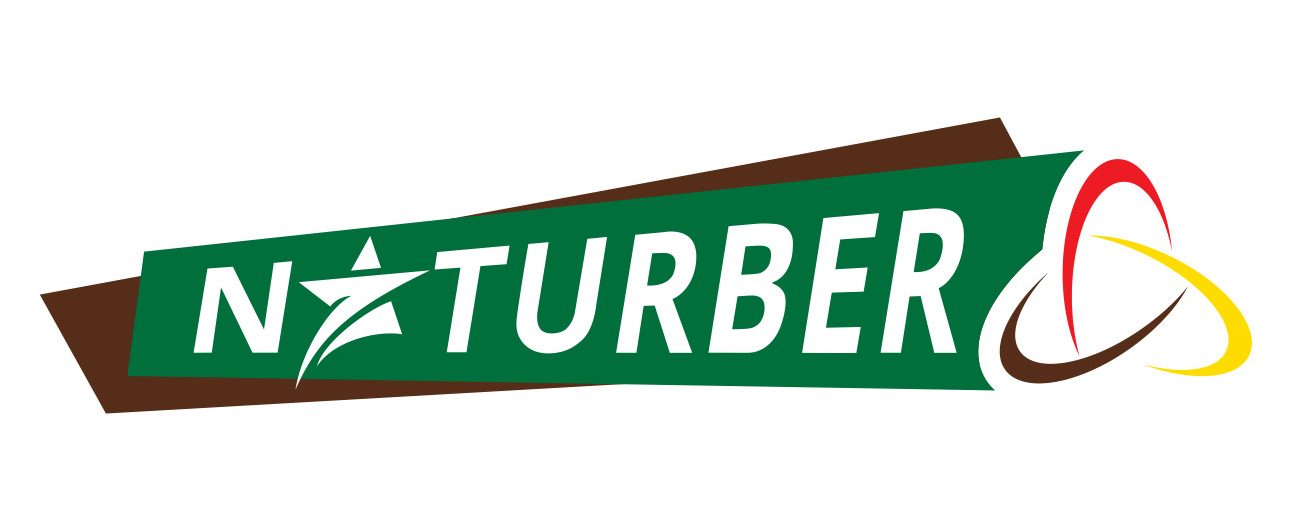Take good care of pullets
It is important to make healthy, good quality pullets with sufficient body reserves to maintain high egg production needs. During the growing period, body mass and body mass uniformity are the best tools for managing a nutritional program and ensuring the growth of pullets. Therefore, the body weight of pullets should be monitored by weighing them regularly. Pullet producers start weighing them at 2 weeks of age and weigh them every week thereafter. Measures to increase body mass are needed to correct growth problems and help determine when to change diets.
.jpg)
In some cases, a modified diet has been fed at 3 weeks of age but the body weight of the birds is still below target, this diet should be fed for another 1 or 2 weeks, until when the age target volume is met. Conversely, diets can be switched earlier if pullets reach target weight earlier.
Where pullets are not achieving the desired body mass, the composition of the diet should be compared with those recommended for breeders. If there is no clear difference to explain the decreased growth rate (note no matter the management or health status), then the body growth rate can be increased by increasing energy. quantity of the diet. During periods of hot weather, when feed intake is low, the nutritional composition (amino acids, fatty acids, minerals and vitamins) may need to be increased to accelerate growth.
Proper diet for laying hens
The first ration that is fed when the hens start laying eggs is very important to maintain body mass, meet egg production needs and also to ensure hens are productive for longer. Therefore, the first ration for laying hens should be more nutritionally dense, often requiring relatively high supplemental levels of oils, digestible amino acids, calcium and available phosphorus.
The first diet is fed from the onset of farrowing but the feeding period is relatively short (from calving until observed feed consumption has increased by 5–10 g/day), usually occurring around 26 – 27 weeks old. Diet 1 can then be adjusted to take advantage of the increased intake. Diet 2 should be formulated with the same or slightly less (0.1 MJ/kg or 25 kcal/kg) formula as Diet 1. That means that Diet 2 is less nutritious. more quality and, therefore, less expensive. If an active egg mass control program is desired, it can be started at this age by reducing amino acid intake and adding fat to the hens.
Subsequent diets were formulated after a 5 g/day increase in feed intake, which usually occurred around 36–37 weeks of age and was therefore less nutritious than diet 2. Feed intake was generally unchanged. much change after this time.
Diet 4 is aimed at controlling egg mass (by reducing amino acid and fat content) and maintaining eggshell quality (by increasing calcium and decreasing phosphorus).
Note, in order to avoid abrupt changes in rations that may cause such as a temporary decrease in feed consumption, it is advisable to vary the energy content between different diets for periods not exceeding 0.10 MJ/kg or 25 kcal/kg per week. Similarly, nutrient levels should not change by more than about 5% per week (e.g., from 0.90 to 0.86% lysine), which means multiple dietary changes over several weeks are needed if desired. more energy or nutrients.
By: The Breeder




